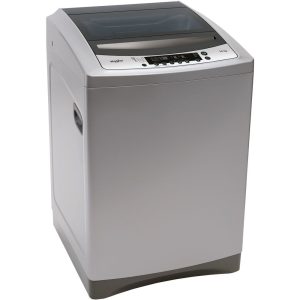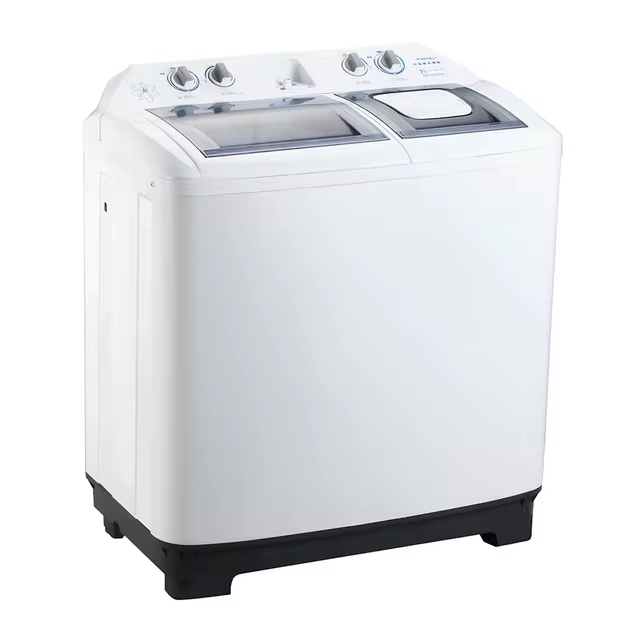Eliminate Washing Machine Odors: Practical Guide
Identify the Source of Odors
When your washing machine starts to smell, it’s crucial to find the cause. Here are some common reasons:
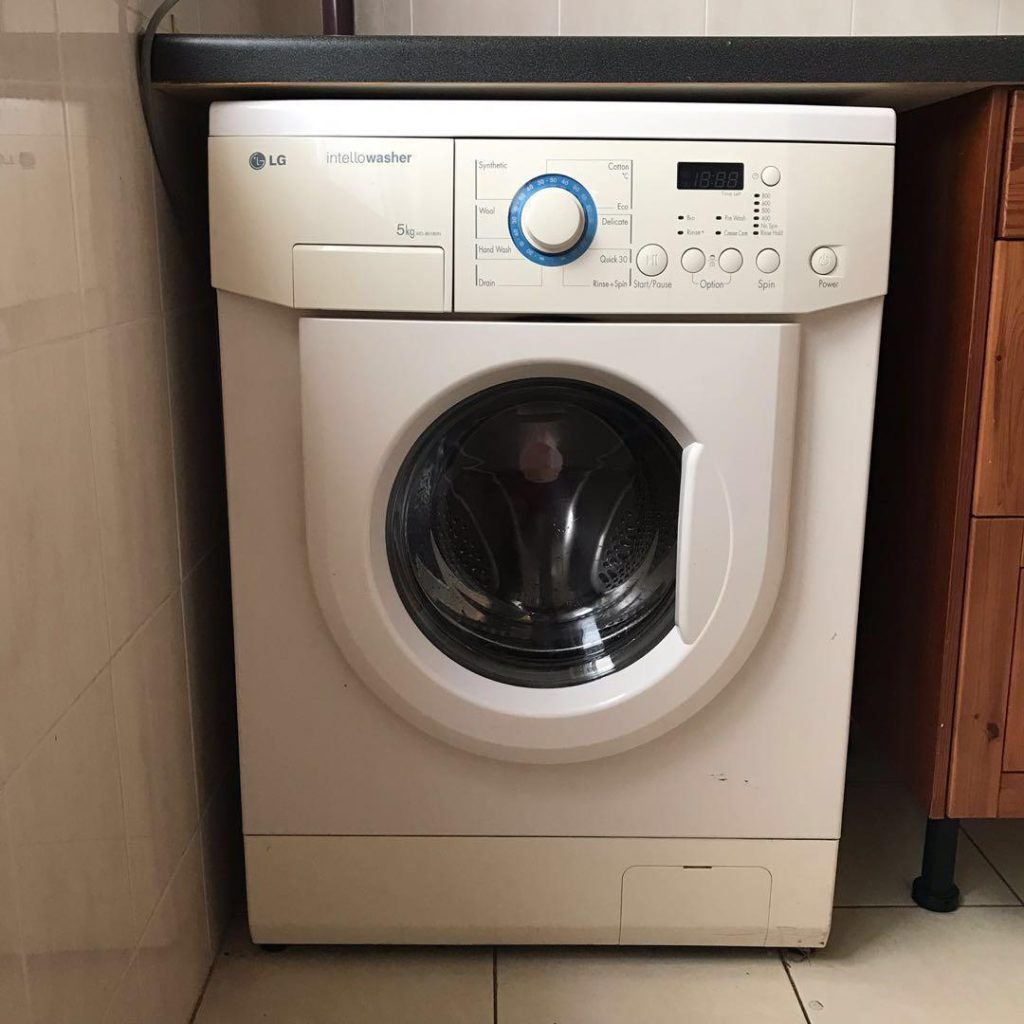
- Mold and Mildew: These thrive in dampness, often in the washer’s gasket or drum.
- Bacteria Buildup: Happens from residue of detergent, softener, or dirt from clothes.
- Drainage Issues: Standing water in or around the machine can lead to unpleasant odors.
- Detergent Overuse: Excessive soap can create residue that fosters bacteria growth.
- Infrequent Use: Unused washers can develop stagnant water smells over time.
- Sewer Gas: Smells of sulfur or sewage can indicate plumbing problems.
By pinpointing the smell’s origin, you can choose effective cleaning methods. Stay diligent and observe any patterns. For example, if odors appear post-wash, the issue may lie in residual water. If it’s a constant smell, the problem could be with drainage or mold. Once you know the source, you can move forward with targeted cleaning to banish those unwelcome odors for good.
Essential Cleaning Supplies You’ll Need
Before tackling any unpleasant smells from your washing machine, gathering the right cleaning supplies is crucial. Here’s a simple list of items you’ll need:
- Baking Soda: A natural deodorizer, baking soda helps to neutralize bad smells.
- White Vinegar: Its acidic nature breaks down grime and can act as a natural fabric softener.
- Microfiber Cloths or Sponge: Use these for wiping down surfaces without scratching your machine.
- Bleach: Perfect for sanitizing if mold or mildew presence is strong. Handle with care.
- Rubber Gloves: Protect your hands when using cleaning solutions, especially bleach.
- Cleaning Brush: A brush reaches into corners and tight spots, scrubbing out residue.
- Bucket: Useful for mixing solutions or carrying water to rinse parts of the machine.
Remember, the cleaning agent you choose depends on the type of odor present and the parts of the washing machine you’ll be cleaning. For instance, bleach is powerful against mold, while baking soda and vinegar are more suited for general deodorizing. Always ensure the laundry room is well-ventilated when using strong chemicals, and consider wearing a mask if you’re sensitive to smells. Armed with these essential supplies, you’re ready to start the deep-cleaning process and remove those pesky odors from your washing machine.
Step-by-Step Instructions for Deep Cleaning
To eliminate odors from your washing machine, follow these step-by-step instructions. Be ready with your baking soda, vinegar, bleach (if needed), and other cleaning supplies listed earlier.
Remove and Clean All Removable Parts
Start by taking out any parts that can be removed. This includes the detergent drawer, fabric softener dispenser, and any other removable trays. Soak them in a hot water and vinegar solution, then scrub with a brush to remove residue and buildup.
Run a Hot Water Cycle with Vinegar
After the parts are soaking, fill the machine with hot water and add two cups of white vinegar. Run a complete wash cycle on the hottest setting. Vinegar helps break down deposits and sanitizes the drum.
Clean the Gasket and Opening
While the cycle is running, clean around the door gasket and other openings. Use a mixture of baking soda and water to gently scrub these areas. Mold and mildew often hide here, so be thorough.
Run a Second Hot Water Cycle with Baking Soda
Once the first cycle finishes, sprinkle half a cup of baking soda directly into the drum. Start another hot wash cycle. Baking soda neutralizes lingering odors and cleans the drum.
Wipe Down the Interior
After the second cycle, wipe the inside of the drum with a damp cloth. Don’t forget to clean any compartments where detergent or fabric softener is added.
Leave the Door Open to Dry
Finally, leave the washing machine door open. This allows air to circulate and dry out any remaining moisture, which prevents new smells from forming.
Perform these steps monthly to keep your washing machine smelling fresh. Remember, prevention is key to avoiding future odor issues.
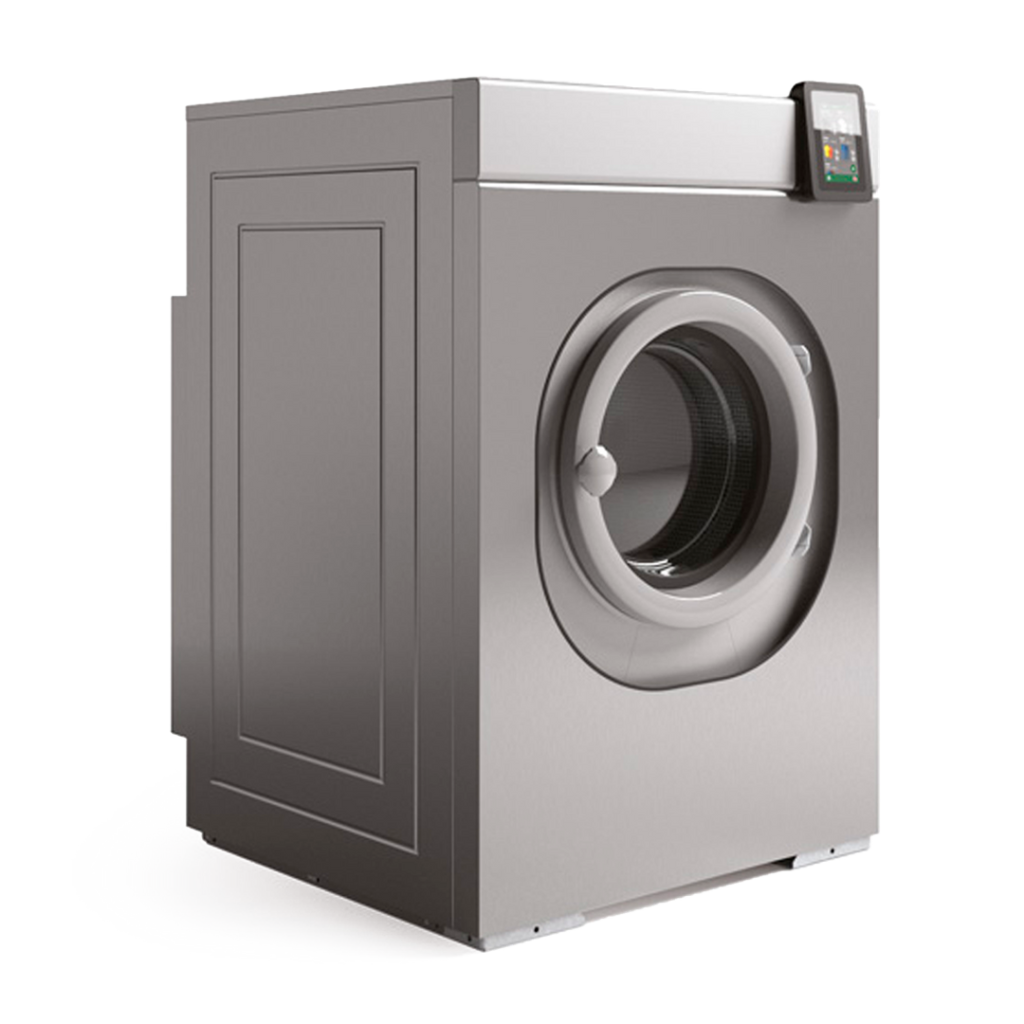 Additional Tips for Tackling Specific Smells
Additional Tips for Tackling Specific Smells
When you notice a particular smell coming from your washing machine, tailor your approach to address it effectively. Here are some additional tips for different types of odors that might be plaguing your washer:
Musty and Mildew Odors
- Wipe regularly: Clean the rubber gasket and drum with a dry cloth after every wash.
- Use a dehumidifier: Reduce moisture in the laundry room with a dehumidifier.
- Run a bleach cycle: If mildew is present, run a hot cycle with bleach, but only as a last resort.
- Use hot water: Run cycles with hot water to kill bacteria.
- Dry thoroughly: Ensure all components are completely dry after cleaning.
- Check filters: Clean or replace any filters as they might trap dirt and cause odors.
Sewage or Sulfur Odors
- Check hoses: Ensure drain hoses are not clogged or kinked.
- Review plumbing: Look for issues with your household plumbing that may affect the washer.
Chemical or Detergent Smells
- Reduce detergent use: Use less detergent to prevent buildup.
- Switch to liquid detergent: Powder detergents may leave more residue.
Stagnant Water Smells
- Run an empty cycle: Periodically run an empty hot cycle to flush out any standing water.
- Inspect drainage: Ensure that your machine is draining properly after each cycle.
Remember, preventing smells is as important as tackling them. Implementing routine cleaning and maintenance is the best way to keep your washing machine fresh and odor-free.
Routine Maintenance to Prevent Odor Build-Up
Keeping your washing machine odor-free is easier with regular upkeep. Here are simple actions you can do:
- Dry the Interior: After each use, leave the door open to air out the machine.
- Wipe it Down: Regularly clean the gasket and exterior with a dry cloth.
- Check for Blockages: Ensure nothing is blocking the water from draining properly.
- Less Detergent: Use the right amount of detergent to prevent residue.
- Clear Out the Dispenser: Clean detergent and fabric softener dispensers often.
- Run Empty Hot Cycles: Occasionally set an empty wash on the hottest setting.
- Inspect and Clean the Filters: Dust and lint can cause smells, so clean filters.
These steps help to keep moisture and residue from building up, which are key in preventing odors. By following a regular maintenance schedule, you reduce the chances of odor-causing bacteria and mold taking hold in your machine. Consistency is important; make these tips part of your routine after doing laundry. Small efforts over time can make a big difference in maintaining a fresh, clean washing machine.
Choosing the Right Detergent and Cleaning Agents
Choosing the right cleaners is vital for odor-free laundry. Consider these points when picking products:
- Opt for HE detergents if needed: High-efficiency machines require low-sud detergents.
- Powder vs. Liquid: Powdered detergents may leave behind more residue than liquids.
- Natural scents: Choose detergents with natural scents to avoid chemical smells.
- Bleach alternatives: Try oxygen bleach for a less harsh effect on your machine.
- Consider softeners: Fabric softeners can leave residue, so use sparingly or not at all.
A detergent that washes well without leaving a smell keeps your machine fresh. If you have hard water, look for detergents made for those conditions. Avoid overloading the machine to let the detergent work effectively. Choosing the right cleaning agents helps prevent residues that can lead to smells. Natural deodorizers like baking soda and vinegar can also keep odors at bay without harsh chemicals. Finally, always follow the manufacturer’s directions for detergent use.
Techniques for Cleaning Different Types of Washers
Cleaning your washing machine is vital for removing odors. Different types of washers, such as front-load and top-load, need specific cleaning methods. Here’s a simple breakdown of each type.
Front-Load Washer Cleaning
Front-load washers often harbor mildew and bacteria in the gasket. To clean:
- Wipe the gasket: Use a microfiber cloth dampened with white vinegar. Scrub gently to avoid damage.
- Run a hot cycle: Add two cups of vinegar to the drum. Perform a hot wash cycle.
- Dry thoroughly: After washing, leave the door open to let the washer air out completely.
Remember, keeping the gasket clean is key. Mold grows in the folds, so check them each time.
Top-Load Washer Cleaning
Top-load washers may have issues with residue under the agitator. Here’s how to clean:
- Remove agitator parts: If possible, take apart and clean the agitator. Soak in vinegar.
- Fill with hot water: Before adding anything, let the machine fill with hot water.
- Add cleaning agents: Use four cups of white vinegar and one cup of baking soda. Allow the mix to soak for one hour.
- Run a full cycle: Turn on the washer. Let it clean itself with the mixture.
For both types, remove and clean dispensers regularly. Baking soda, vinegar, or a trusted cleaning agent will work. Rinse with hot water to flush out the cleaning solution. After cleaning, always leave the door open for airing out.
Owning a top-load or front-load washer comes with its own set of maintenance tasks. While both require regular cleaning, focusing on their specific problem areas will keep odors away. Keep up with these techniques to enjoy a fresh-smelling machine every time you do your laundry.
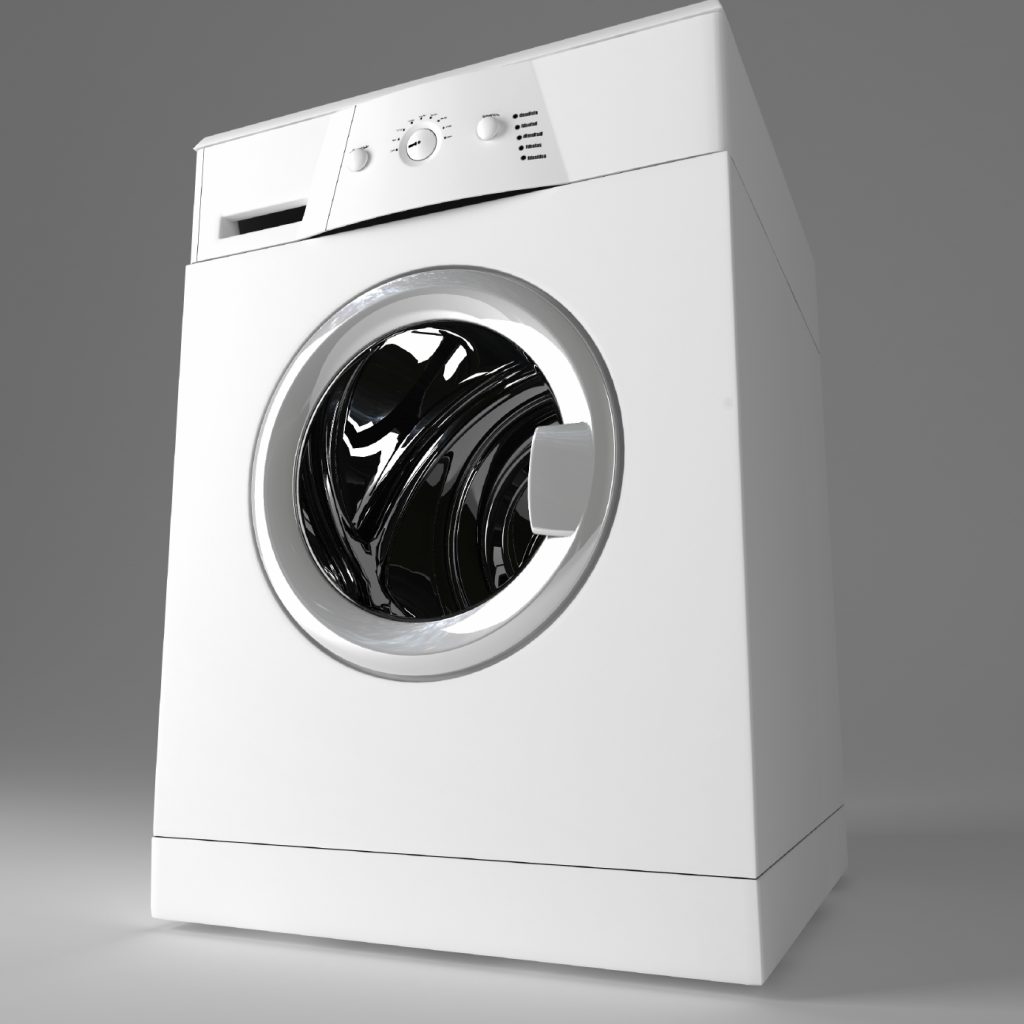 Expert Advice on When to Call a Professional
Expert Advice on When to Call a Professional
Sometimes, despite your best efforts, washing machine odors persist. If you’ve tried the cleaning steps and routine maintenance but still notice a stubborn smell, it may be time to call a professional. Here’s when expert assistance is recommended:
- Persistent Odors: If odors don’t go away after cleaning, a deeper issue might be at play.
- Visible Mold Growth: Extensive mold inside the machine often requires professional removal.
- Drainage or Plumbing Issues: If odors seem linked to sewer smell, a plumber should inspect.
- Mechanical Failures: Odd noises or malfunctioning during cycles can signal bigger problems.
- Warranty Considerations: Check if your warranty covers the service to prevent voiding it.
Professionals have the right tools and knowledge to thoroughly clean and service washing machines. A technician can disassemble parts that are hard to reach, diagnose hidden issues, and recommend solutions that might not be obvious to you. Sometimes, investing in professional services can save you time and money in the long run by preventing costly damages.
Don’t hesitate to reach out for help if you’re unsure about any step in the cleaning process or if issues persist. It’s better to address problems early than to let them develop into more significant issues that could lead to a full machine breakdown. Remember, the goal is to have a well-functioning, odor-free washing machine that keeps your clothes smelling fresh with every cycle.
